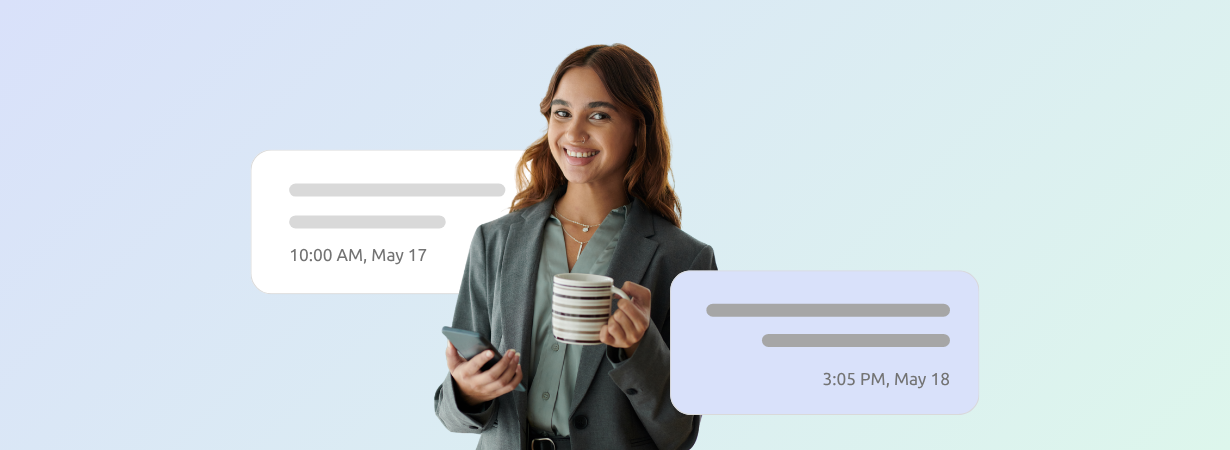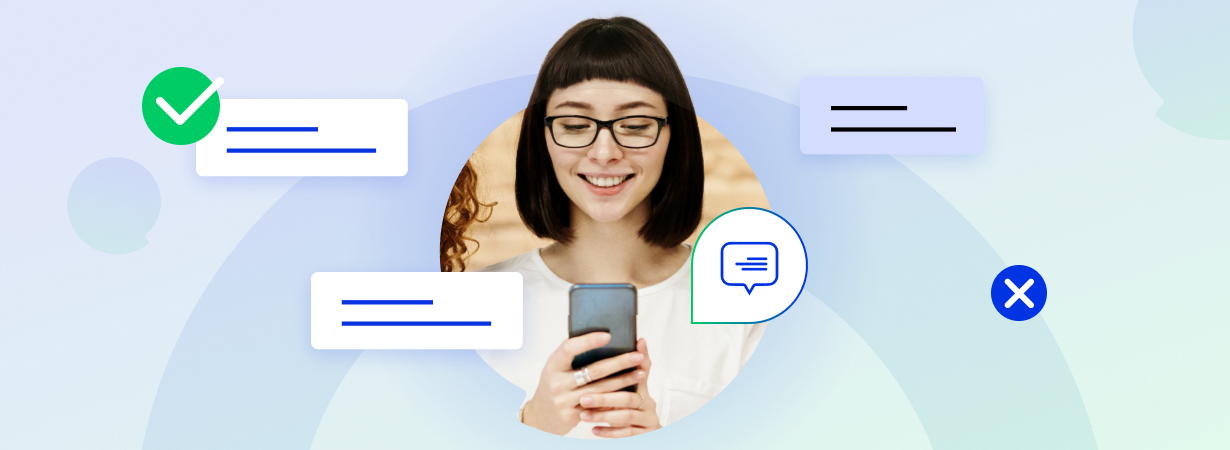By now, you probably already know that live chat can help increase conversions by gently nudging your website visitors forward through the sales journey. Meanwhile, live chat also allows you to answer questions for visitors and potential customers in real time, thus instilling more confidence in your company.
As good as live chat is, though, in helping with the conversion process and building consumer confidence, sometimes more work is required to close customers. Therefore, after you engage a visitor in live chat, you will need to send follow-up emails.
The most obvious method for following up with your live chat visitors is email (assuming you got your visitors’ email addresses during the chat or in the pre-chat survey form.) Before you start firing off follow-up emails, though, here are some best practices that can make the messages more effective.
Say Thank You First!
The very first sentence in your follow-up emails should always contain the words “Thank You.” Use sentences like: “Thank you for using our live chat application to contact us regarding…” or something similar. Sometimes, just a simple thank you goes a long way in gently nudging prospects to reconsider your company for it offerings, products or services.
Offer More Content
When you obtain a lead’s email address during a chat session — either through use of a pre-chat survey or an agent’s hard work — you receive the first bit of information needed to start leading the visitor through the buyer’s journey. However, in order to convert the lead into a customer, you will need to re-engage the visitor and entice him/her to return to your website.
One way to do this is to offer the visitor valuable content in your follow-up emails. After you thank the person for visiting your site and using the live chat application to contact your company, offer him/her a whitepaper, e-book, coupon or other type of content that has value.
Add a call-to-action button to the email that leads to a form on your site that prompts for additional contact information you can use to push the visitor along in the sale’s journey.
Shamelessly Plug Your Social
After you present your content offer to the visitor in your follow-up email, thank him/her for viewing your message. Next, make sure that the email contains buttons to each of your social network accounts and a message that encourages the visitor to follow, like or view your profile or page.
Getting visitors to follow or like you on sites such as Twitter or Facebook will not only help boost the social image of your company, but also provide you with additional opportunities to show them content or offers. Placing link buttons at the end of your follow-up emails presents you with an excellent opportunity to gain more followers on social networking sites.
A/B Testing
You should always create more than one follow-up email to send to visitors after they use your live chat application. After you create a couple different variations of your follow-up email, distribute them equally to visitors who use your live chat application – but don’t send both versions to each visitor or they might consider it spam.
Creating two versions of your follow-up email allows you to A/B test them or determine which one is most effective in driving return traffic to your website. This approach is particularly effective if you use an email campaign management application or platform that allows you to view open rates, click rates and other metrics.
If your A/B testing shows that the follow-up emails are not perform up to your expectations, don’t be afraid to tweak or change the messages as needed. When changing the emails, though, change only one element at a time. For instance, before overhauling the text or message completely, start with changing button or text colors. After each tweak or change, keep tracking performance for the emails with your campaign management software.
Download now: The Guide to Becoming a Top Performing Live Chat Agent
Quality customer service is essential to your long-term customer loyalty. This eBook contains 12 essential tips for live chat agents to communicating effectively, addressing customer issues efficiently, and representing your brand professionally.
Download Now
eBook







